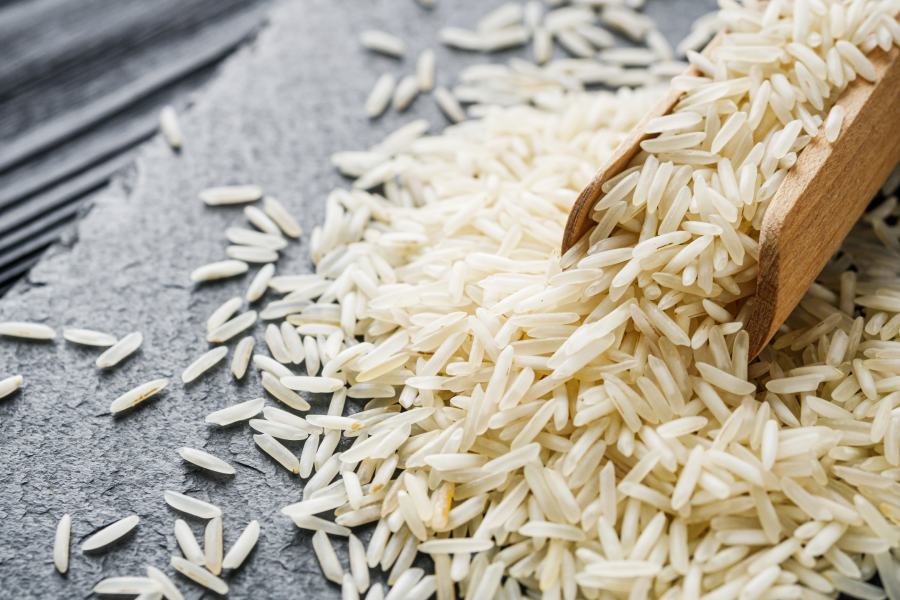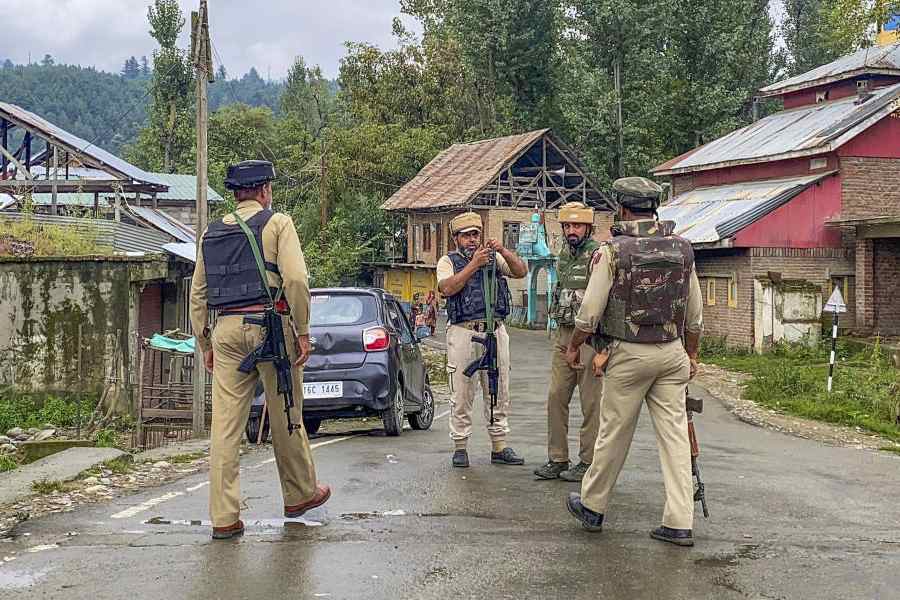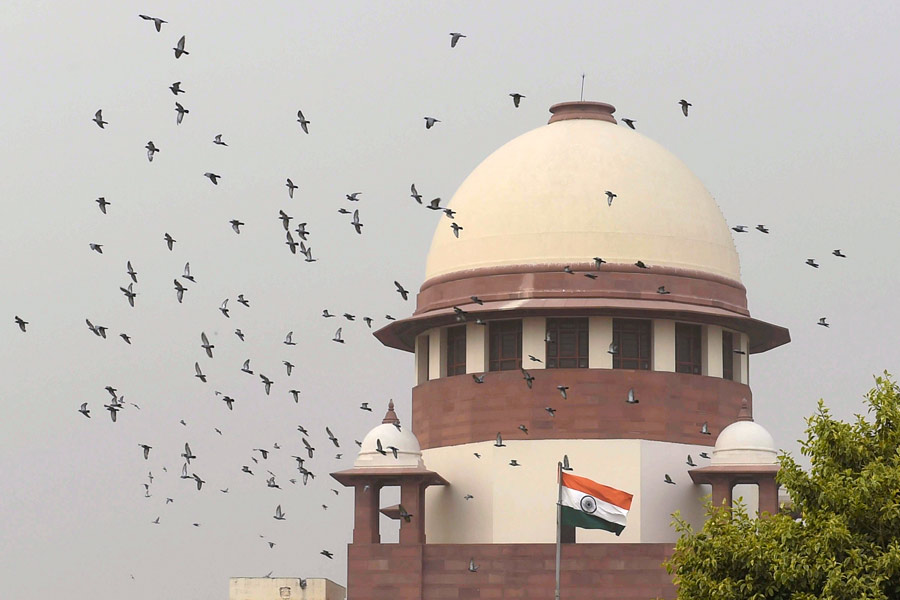 |
| Dilip Kumar Roy |
Rabindranath Tagore and Dilip Kumar Roy differed both in gharana and bahirana. This observation made by musicologist Sudhir Chakraborty at the Uma Basu Memorial Lecture (Aurobindo Bhavan, February 18) was musically delineated by Aparna Majumdar and Sujata Majumdar in the concert that followed.
Although dedicated to Dilip Kumar Roy, it opened, very interestingly, with Tagore songs. The numbers that followed illustrated how Roy deviated from Tagore and his contemporaries. I feel rendering Dilip Kumar Roy compositions without sacrificing their unique musical measurements is the most formidable task a Bengali singer can undertake. Besides one gem of an exception named Uma Basu, Roy seldom composed songs for anyone, but himself. Several musical traditions got fused in his compositions and the outcome was astoundingly individualistic, characterised by subtle unpredictable embellishments triggered off by his Bacchanal temper, exploring the multitudinous lights and shades of melody.
Aparna Majumdar, however, did exceedingly well. Her approach to songs like Ei prithibir pather pare and Jibane marane eso were well crafted. The melodic twists and twirls adapted from the established Tap-Khayal tradition of the late 19th century were employed by Roy in numbers akin to bhajans. Krishnanrityam, composed in Sanskrit, appropriately demonstrated the category. Aparna rendered it with authority. Sujata Majumdar, singing at tandem with her, showed her mettle in the Brajabuli number Aju sakhi sun bajat bansuria where kirtan found a welcome ally in qawali towards the middle. Despite her not-too-open delivery, Sujata did considerable justice to the magical Jadi diyechho bandhuya. Grounded in raga Kalyan, the number makes amazing experiments with the rhythm and tempo.
Rahul Mitra’s solo recital at Kala Mandir ( March 3) was a tour-de-force into the world of traditional school of Rabindrasangeet singing. Jointly presented by Shilpimon and Theatrician, the recital was one the most ambitiously mounted in recent times. The skillfully painted sylvan backdrop set against an artistically illuminated stage coupled with the presence of Soumitra Chattopadhyay as the narrator and as many as eight able accompanists playing traditional instruments, set the tone for the evening which was impressive in terms of conceptualisation.










